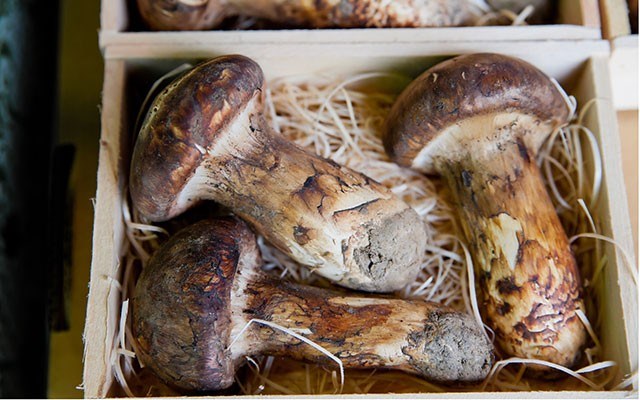Officially and otherwise, it is fall. Everyone is burrowing. Everyone is infected. Leaves have long since heralded their inevitable departure. Ski movie premieres blossom on screens everywhere. For the sport's archivists and chroniclers, the time to resurrect discourse is nigh. The articles I have been delivering weekly to purveyors of ski stoke since May have reached a deadline crescendo. And so my annual self-analytical ruminations over what I'm doing begins.
Anthropologists agree: we are driven to ski. And when we're driven to do anything we'll do what it takes, regardless of cost. This, of course, proscribes the essential ski-bum equation our town is built upon: live in squalour + work for low wages = the chance to score an epic, life-affirming run once in a while. It is the imbalance of this equation that offers testament to the drive involved in attachment to the ski life. Sometimes I forget the various chicanery (e.g., UI/EI Ski Team) and sacrifice (e.g., sleeping in an unheated van) invoked daily by practitioners to facilitate what must seem bizarre to the average human. Other times I'm reminded just how creative it can get to hang in there in the face of skiing's decidedly ridiculous cost structure.
For many summers I regularly played disc golf with my buddies Mike Douglas and Bruce Rowles. We all worked at home in the off-season and it was a way to get out after a long day on the computer, grab some fresh air and a hike, and get our gripes out about work; industry circumstances, the chatter always went, were making it harder for us to make a living at what we loved — why did we put up with it? Of course we knew the answer to our own facile question.
Many years ago now, a few days into September, I remember Rowles getting jazzed about all the mushrooms poking out of the forest floor along the course. There were sticky yellow ones and glowing orange ones and red-spotted toadstools, moody purple-coloured caps, great bulbous trumpets, tiny puff-balls and rows of fluorescent bracket fungi lining downed timber. What he was really excited about, however, were buff-colored buttons of Pine Mushrooms he seemingly turned up like a truffle-sniffing pig.
Pines, you see, were once a huge source of seasonal money for Whistler ski bums. Delicious and much-prized in Asia, prices soared to $90/lb. in the 1990s, and in prime areas of north-coastal B.C., itinerant gold-rush-style towns popped up where buyers and pickers congregated, replete with restaurants, prostitutes and murders over the faintly cinnamon-smelling 'shrooms. Prices had long since plummeted to the point of hardly being worth the effort, but like many, Rowles fondly reminisced over the back-breaking work and all he'd learned of the ambrosia-like fungus, decrying the picking teams from the city that sneak into Whistler with rakes each fall, destroying the forest floor and the mushrooms' delicate network of mycelium with one sweep, leaving no hope that they will re-germinate. I was impressed with what he knew about mushroom ecology — all courtesy of doing what it takes to ski.
It also turned out that the boom-and-bust economy of this "white gold" had staked a young Mike Douglas to many a season on the B.C. Provincial Mogul Team. If he hadn't had a good picking season one fall in particular, he mused, he wouldn't have had the coin to continue. And if he hadn't continued, no invention of the 1080 twin-tip ski and many aspects of modern-day skiing we now take for granted. During one afternoon round, I remember Douglas pointing to a smallish dome erupting through the moss like a zit on a forehead. Back in the day, he said, that would be like finding a twenty dollar bill on the ground.
So both a renowned ski photographer and architect of the New Canadian Air Force owed part of their success in the ski world to painful scoping through hundreds of kinds of mushrooms for the ones that would pay, lugging them off in weighty sacks to buyers. It seemed simple: honest work for cash to keep skiing. Since we all did it, I wondered, what was my equivalent?
I quickly realized it was basically the same: for years I spent countless hours digging the most evocative words from tangles of corporate bullshit and harvesting marketable experiences from the often laughable machinations of the snowsports industry, repackaging them all as palatable truth, humour, and the kind of fun skiers have developed a taste for, then selling it back to them. Fortunately, the price for this commodity hasn't changed much. But if the price of bullshit ever goes through the floor, truth will go with it and I'll be out of a job. Fortunately, there's no chance of that happening anytime soon. Putting up with a bit of soul-sucking hubris on the way to a few primo turns is the same as crawling on your hands and knees through the detritus of a wet forest. But hey, when you're driven to ski, you do what it takes.




